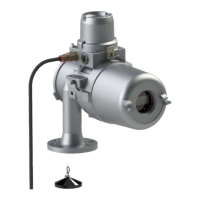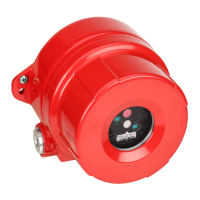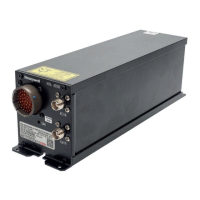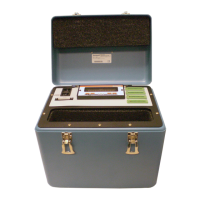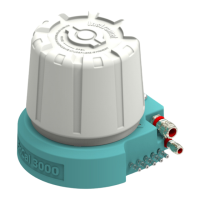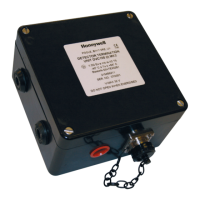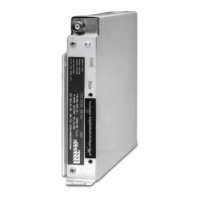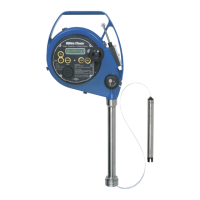l Use shielded cable for all wirings and ground the shield at one end as detailed in the Wiring
section.
l Keep all devices and wire runs away from mercury vapor lights, variable speed drives, radio
repeaters and other sources of electromagnetic interference.
l Follow local cabling and glanding rules.
l Seal all unused conduit entries and install proper drains/taps as required by local codes.
l Do not try to service parts inside the electronics module, there are no field serviceable parts.
CAUTION
RISK OF PRODUCT DAMAGE
l Protect the detector from physical damage (forklifts, scaffolding, etc.).
l Failure to follow all warnings cautions, and instructions may void the warranty.
l Clean detector body and window with a damp cloth.
l Some regulatory agencies requires the use of hazardous area approved plugs, follow local
rules.
l To maintain IP66/67 integrity, seal on conduit entries with thread sealant such as Loctite 565.
l Do not install in an area where there are incidents of high mechanical damage.
WARNING
RISK OF IMPROPER FLAME DETECTION
l If internal temperatures rise above acceptable levels, the FS24XPlus™ will issue a Warning,
and if temperatures rise further, the unit will shut off to protect the internal components.
l The detector may be damaged if external temperatures exceed 75ºC.
l Perform a Test Lamp test to assure proper function. The detector must be returned to
Honeywell® for service if high-temperature shutdown occurs.
CAUTION
RISK OF VULNERABILITY IN NETWORKS
The FSX Plus flame detectors may be vulnerable to a cyber-attack on the HART®and RS-485
networks. Thus, a cautious installation requires physically protecting the 4-20mA loop and the RS-
485 wiring.
Honeywell®FS24XPlus™ | User Manual
7
